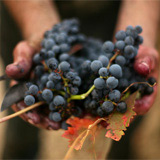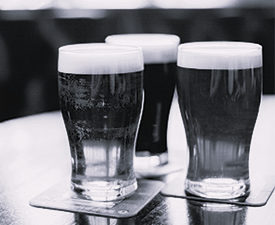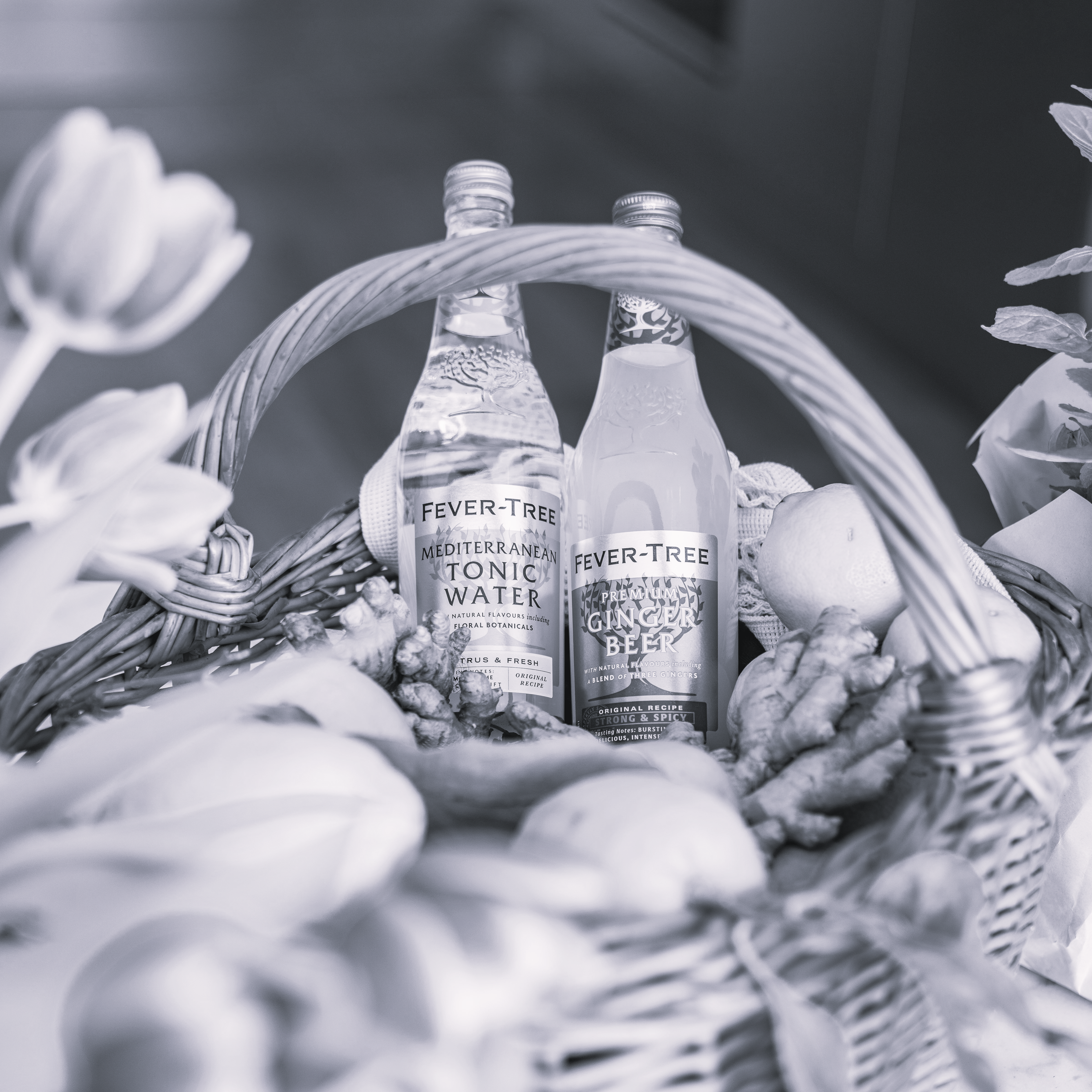Typicity (French 'typicite' and in Italian 'tipicita') is a term in wine tasting used to describe the degree to which a wine reflects its varietal origins, and thus the wine demonstrates the signature characteristics of the grape from which it was produced, i.e., how much a Sangiovese wine - tastes like a Sangiovese wine. It is an important component in judging wines - when wines of the same varietal/ region are judged against each other.
Wines with 'typicity' - that are typical of a variety/region are said to exhibit traits or characteristics distinctive to its kind.
Most wine reviews base quality assessments largely on evaluating wines by; balance, length, intensity and complexity, typically not how closely they model to some potentially theoretical standard of typicity.
Some are starting to think that along with 'typicity' we probably need to add 'consistent' or 'reliable' to fully capture the true French meaning. I think typicity can suggest that you will receive in your glass what you have enjoyed before, and perhaps more importantly, what you expect to enjoy from this particular bottle you have bought. Also it must be said that a wine with typicity or made from a single variety true to its origins carries a purity you can lose when you blend or over manipulate in the winemaking process.
Typicity means something that can separate, characterize a detail, the complexity of characteristics that individualizes, particularizes the wine. Wines with 'typicity' are also influenced by the local history and cuisine, specific to the origin area, specific to a certain grape variety.
The wine represents a complex mix of organic and anorganic compounds. There are many diverse factors that influence its composition. They can come from the vineyard, extending to the fermentation and post-fermentation process. These factors are deeply connected to the oenological environment, including soil, climate, grape variety and oenological practice that also define the authenticity and typicity of wines.










